Mexican/French artist, Manuela de Laborde caught up with us after a solo show at Dundee’s Generator Projects. Read all about it here.
In the summer that just ended I exhibited at Generator Projects as part of their Summer Programme. I will be writing here about the work and process behind the show. I firstly want to thank Generator Projects for being so supportive and offering me my first solo show.
My stay at Generator Projects was a week residency with an open studio night where I exhibited a series of plywood “Maquettes”. These “Maquettes” framed, hosted, collected or created objects (e.g. a piece of PVA tube or small craft paper rolls), as well as, a suspended acrylic tube with iridescent paper and a circle photograph of a soap bubble. Previous works like Icespace, Collection of cut outs, Spectacular studies and (Show) and the universe raised the main questions I explored in these works. I will write mainly of Maquettes to be brief.
I refer to them as Maquettes, because structurally (and this is deliberate), they resemble them but in no moment is this their official title. They are like proposals, yet also the “final” (shown) work. The objects inside them are made mainly out of recycled or cheap materials, partly out of an interest to explore the ‘readymade’, but also to keep expenses low and create work that holds hands with my living finance. I consciously work-with-and-state-this, for I feel there is this Great Force that is adored by venues and drives creatives to make each time larger and more ambitious works which are, inevitably, more expensive too. The art world each time with more confidence justifies such expenses and I am weary of its impersonal swelling. All the above, none-the-less is also sometimes sexy and challenging.
My materials are specific leftovers or art materials that caught my attention because they reminded me of something grand. Through main dissection cuts, the Maquettes’ insides are directly exposed and through smaller cuts, windows, cropped views of the hosted objects are created. These windows were made to highlight the specific feature in the object that originally raised my attention. It is here, that the themes of my research (the sublime, spectacular landscapes, celestial bodies, immersive fields, science fiction…) can be most directly noticed. Unlike with Icespace (shown in my degree show), which also created an “image” (wrinkled cellophane that looked like ice) though it’s single aperture; Maquettes are also open, so a notion of the magical is reduced and with it too much imposition from my behalf.
Like with proposals, these works carry temporality and changing facets. In no moment were they registered as final or limited. I wanted to embrace through them an in-process mentality. They aim to hold no specific future projection or represent fully realistic constructions. What I like of maquettes or blueprints, in general, is their capacity to appear like grandeur before becoming grand and permanent (superior, intimidating, inaccessible). The latter being something that bores me. They felt like minimalized romance. Where I explored imagery that felt iconic, rich, figurative and atmospheric (the subjects of my research) whilst at the same time presenting and working with banality, simplicity and reduction (my concerns behind the production of art works).
In my proposal to Generator Projects, I insisted that for me it was very important to not only arrive with work, set it up, show it and leave; but to arrive with work, discuss it and present something we had all contributed towards. I wanted to exhibit something I had no possible way of previously envisaging. This truly happened! I care about the influence of curation and I was happy to see that the exhibition resulted out of its genuine questioning, doubting, and not from pretend or recycled caring.
All the Maquettes required specific lighting to lift the hosted objects to that realm where they became part of a constructed mini environment. Leading up to the open studio night, private view, after trying various mechanisms that felt all wrong; we all had a small moment of panic. We knew that the awkwardness of our proposed solutions (ultra complicated ideas) compromised the simplicity of the Maquettes. Still, Generator Project’s members were so kind and calm, that I felt no pressure to make rush decisions. I went to bed and woke up thinking: “If I truly want this show to be the result of my work in dialogue and alignment with the space, I should work with what I have. I am not going to build any extra lighting, that’s crazy and expensive; I am going to place the plinths with their works where they get their exact lighting. All this, using only the lights already installed in the space.” We moved all the work over and over again until each one was placed precisely. Chasing reflections and avoiding clumsy shadows we came up with an unpredictable layout. The lights determined the show’s curation, taking a weight off our shoulders, and saving the work from rigid placing. Some were tightly close to each other, some isolated, space was ‘wasted’ by leaving empty gaps, and a show I know I could now never reproduce came about.
In the following days, I spent my time documenting the work under the same mentality with which it had been installed. Aligning the camera frame with the angles of the works and the room, cropping the works again and again like the windows did, and approaching the works and the space with similar movements I saw visitors had. I left Dundee with an archive of images that like non-conventional documentation is now a separate work in its own manner. I see them as material that allowed me to have no-finalisation of the works and as the main body of a new project, a publication. I will be working on it with graphic designer Tomas Carlile and Generator Project’s Members.
Where to find out more:
Website | Twitter
//////
Want to take a look at more suggested blogs by artists? Look here.


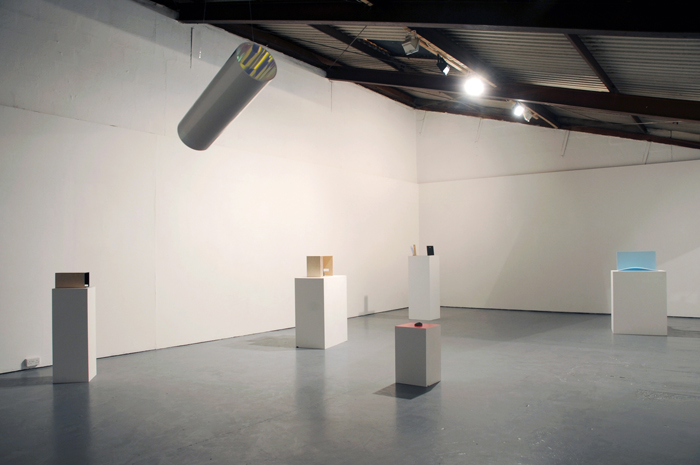
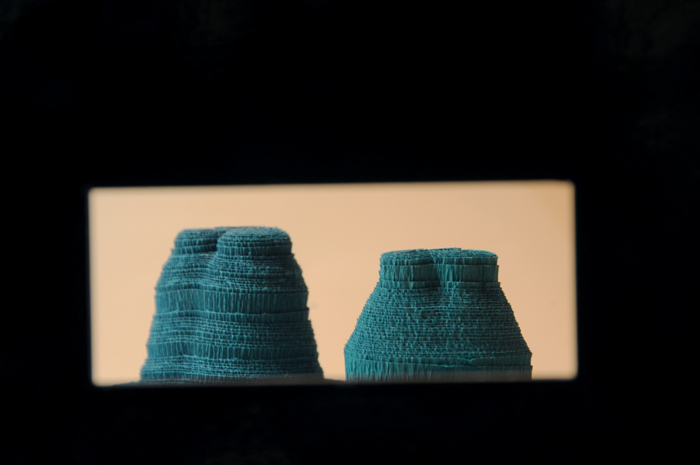
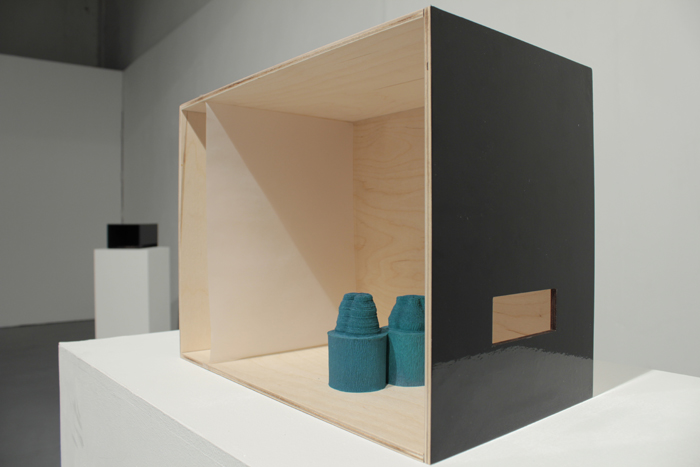
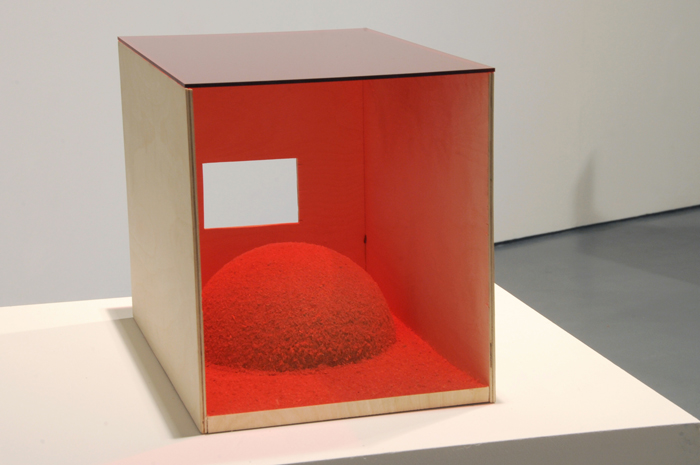
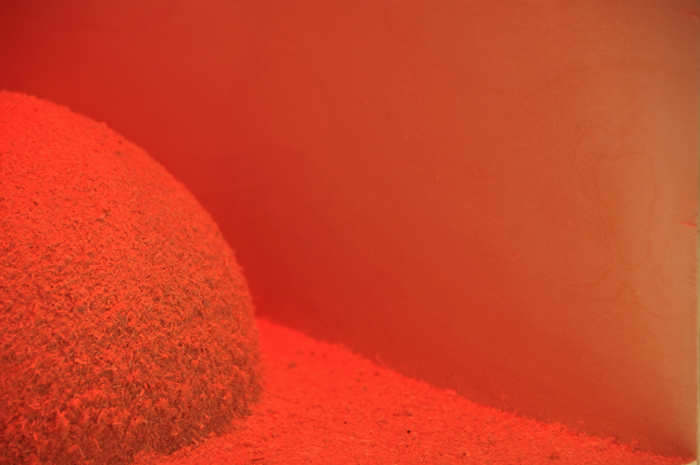
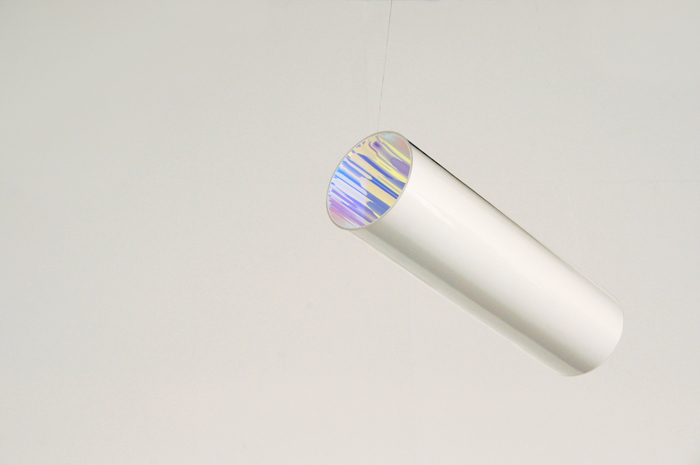
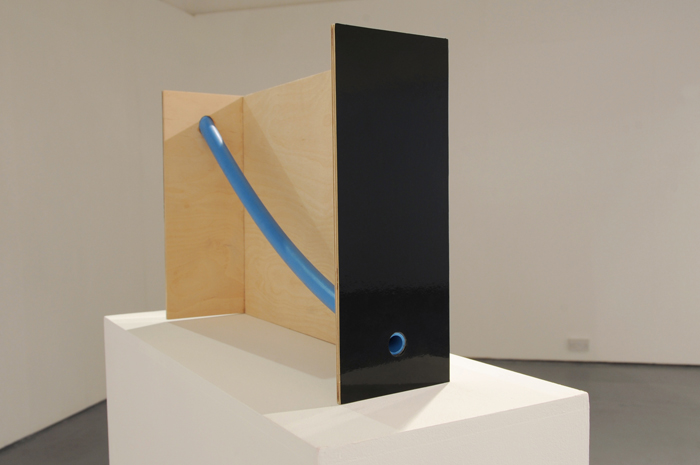
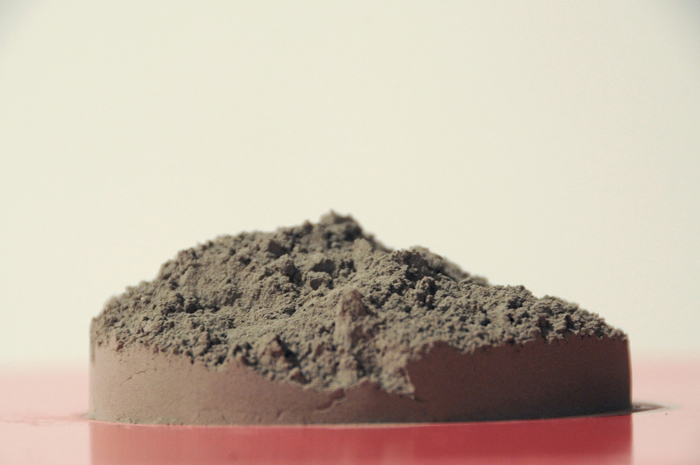
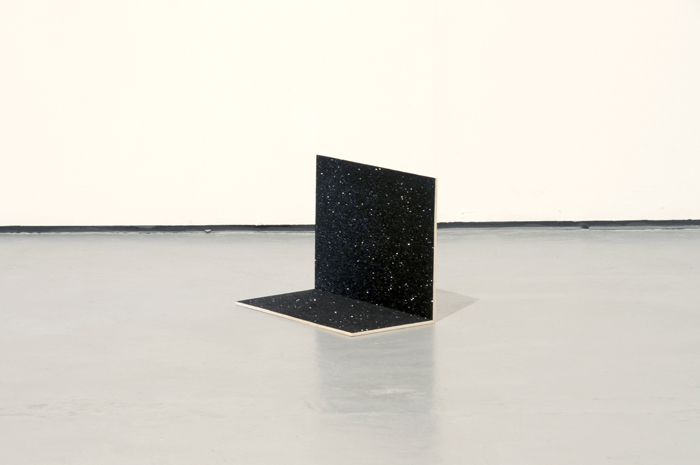
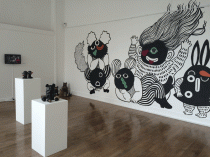

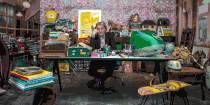









Comments